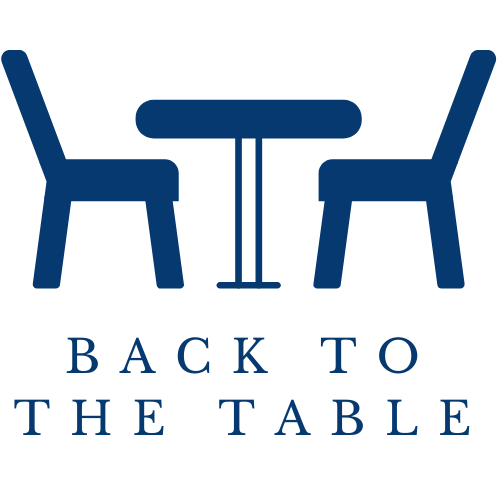Recognizing your restaurant as a system is just the beginning. At its core, the system is the flow of food through your restaurant. To manage it effectively, you need a clear understanding of flow - the rate at which food moves through your operation. This includes everything from acquisition to preparation, sales to production, and distribution.
I had completed some checklists and some training videos, but now I was trying to identify what to work on next. Yes, I could make more checklists or more training videos, but operations had improved significantly and I wanted to make sure I had made the biggest improvement to the pizzeria possible. I needed to improve the restaurant’s flow.
Eliyahu Goldratt, building on the production principles of Henry Ford’s assembly line and Taiichi Ohno’s Toyota Production System, identified four key concepts of flow.
1. Improving flow (or equivalently lead time) is a primary objective of operations.
At the heart of restaurant operations is the movement of food. Want better cash flow? Improve flow. Want to stop running out of ingredients? Improve flow. Want to increase sales? Improve flow.
2. This primary objective should be translated into a practical mechanism that guides the operation when not to produce (prevents overproduction).
Flow isn’t just about what you do–it’s also about what you don’t do. Managing inventory, prepared food, and ready-to-serve items requires knowing when to stop. Too much inventory? Food spoils or loses freshness. Over-prepared? It expires before it’s sold. Holding too much food ready? Unsold items become waste.
3. Local efficiencies must be abolished.
A common restaurant belief is that you should order just enough inventory to last until the next delivery. But what happens if that delivery is delayed by a day? You have no food to prepare, leading to lost sales!
This is an example of a “local efficiency,” where a narrow focus on minimizing inventory creates a larger disruption in overall flow. While you don’t want excess inventory tying up cash, you also can’t afford to halt production due to poor stock management.
4. A focusing process to balance flow must be in place.
Improving flow isn’t a one-time fix–it’s an ongoing process. Where should you focus your attention next? How do you know when it’s time to shift your priority? A structured approach to continuous improvement ensures that your restaurant remains efficient, adapatable, and profitable.
Viewing your restaurant as a system allows you to see the flow of food through every stage of operations. And that flow determines the success of your restaurant.
